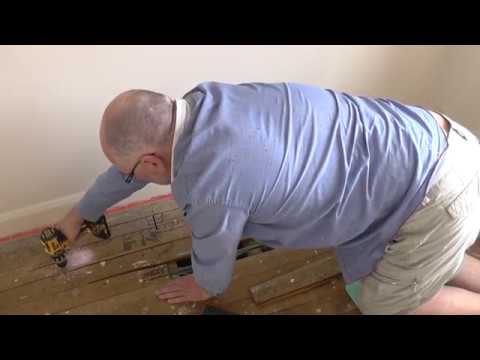Damaged or loose floorboards can be a major headache for homeowners. Not only do they look unsightly, but they can also pose a safety hazard. Depending on the severity of the damage, you may need to replace the entire floorboard or simply repair it. In either case, it’s important to take the right steps to ensure the job is done correctly.
Identifying Loose or Damaged Floorboards
The first step is to identify which floorboards are damaged or loose. It’s important to inspect the entire floor to make sure there are no other issues that need to be addressed. Check for any gaps between the boards, cracks in the wood, and any signs of water damage. If you find any of these issues, it’s best to address them before attempting to repair or replace the floorboard.
Repairing Loose or Damaged Floorboards
Once you’ve identified the loose or damaged floorboards, the next step is to repair them. This can be done by:
- Replacing the board with a new one
- Adding additional support to the existing board
- Filling in any gaps or cracks with wood filler
- Sealing the board with a sealant
Replacing Loose or Damaged Floorboards
In some cases, the damage to the floorboards may be too severe to repair. In these cases, it’s best to replace the entire board. This can be done by:
- Removing the existing board
- Cutting a new board to the correct size
- Installing the new board in place of the old one
- Sealing the board with a sealant
Tips for Replacing Floorboards
- Always use a saw designed for cutting wood.
- Make sure the new board is the same size as the old one.
- Use a sealant to help protect the new board from water damage.
- Make sure the board is securely fastened in place.
Damaged or loose floorboards can be a major hassle, but with the right tools and a bit of patience, you can repair or replace them with ease. If you’re unsure of how to proceed, it’s always best to consult a professional for advice and assistance.









